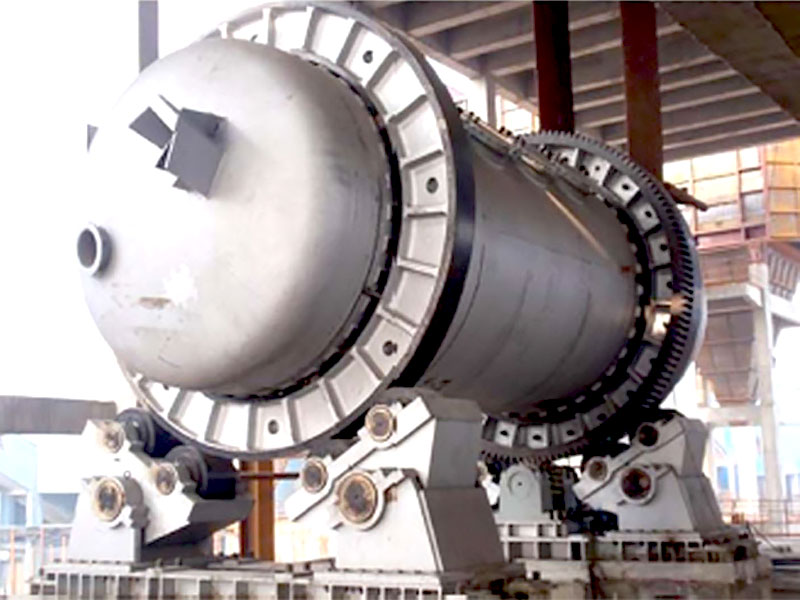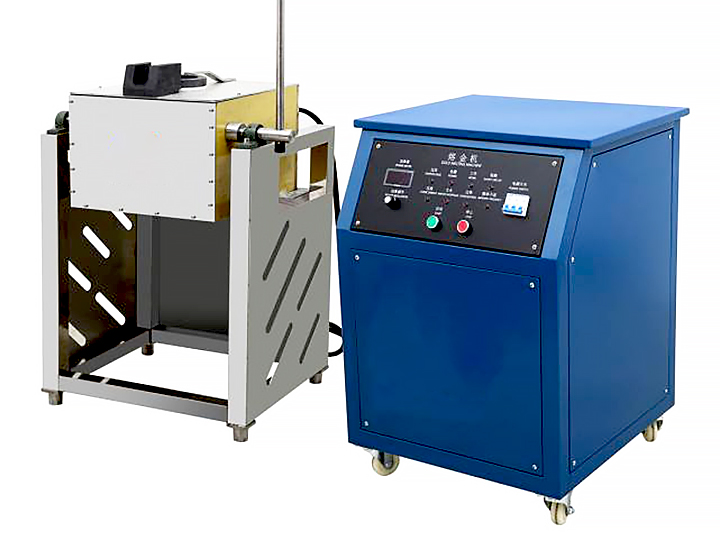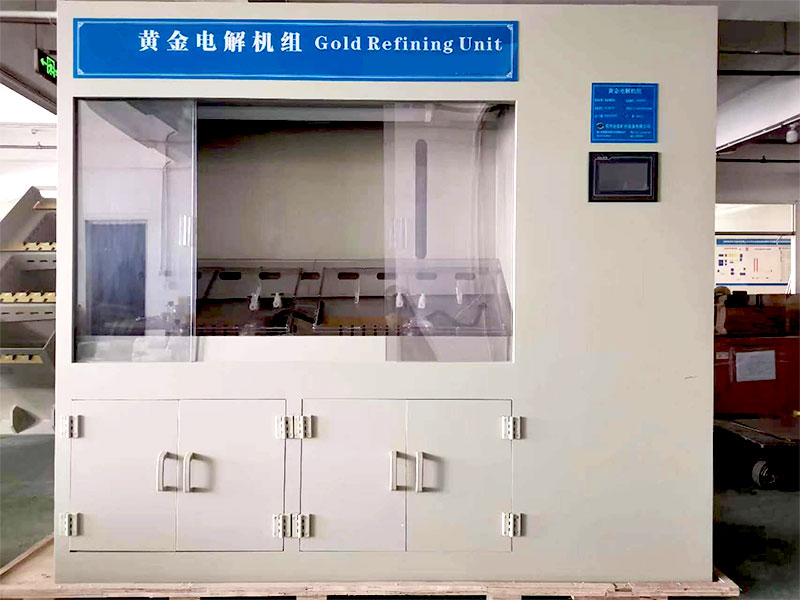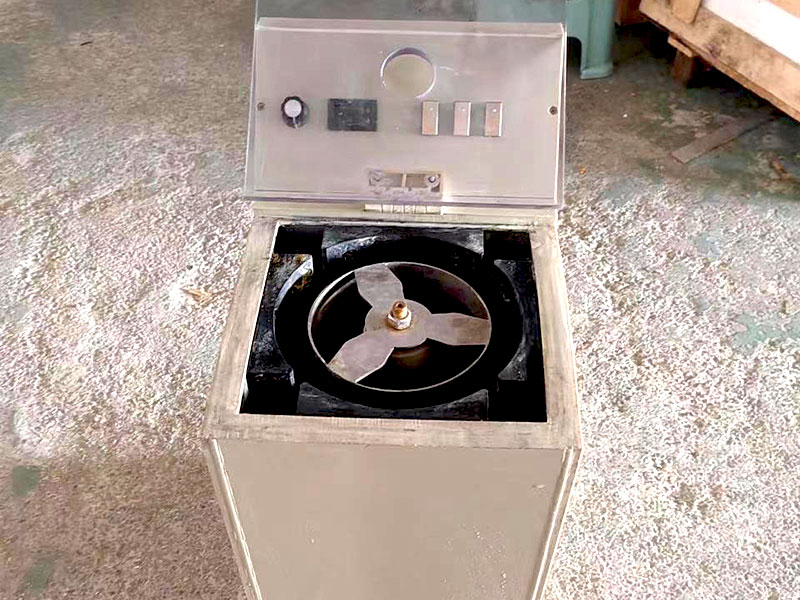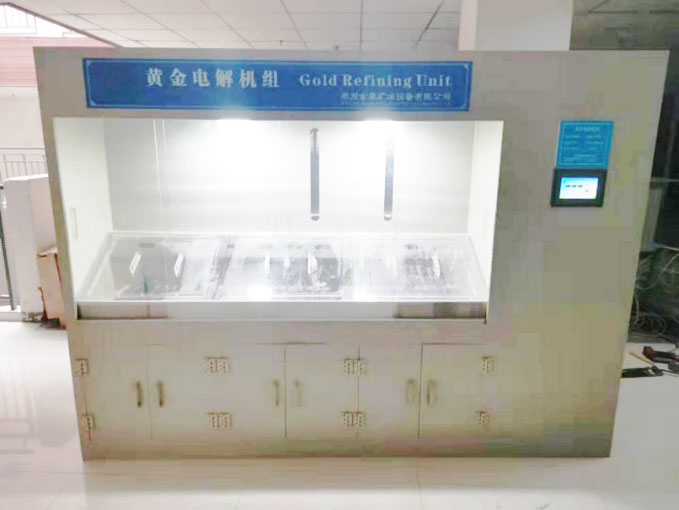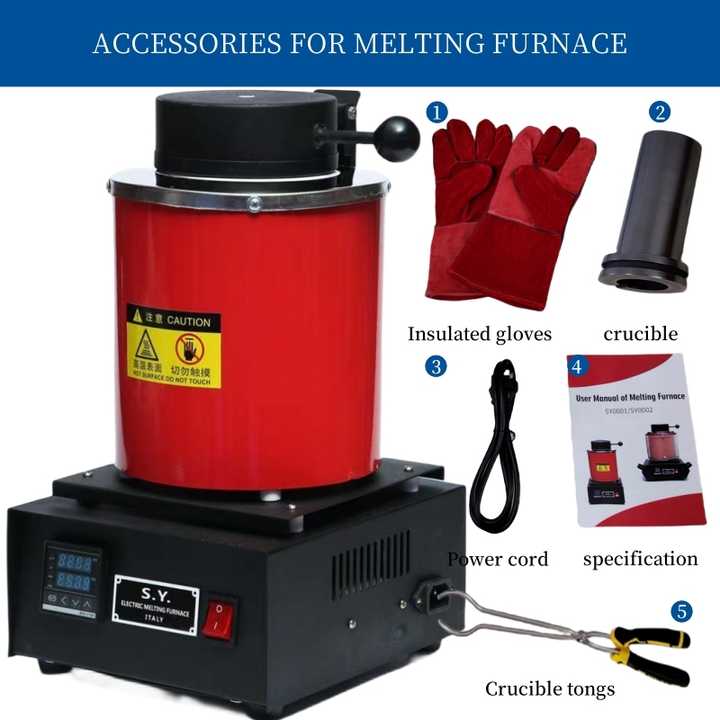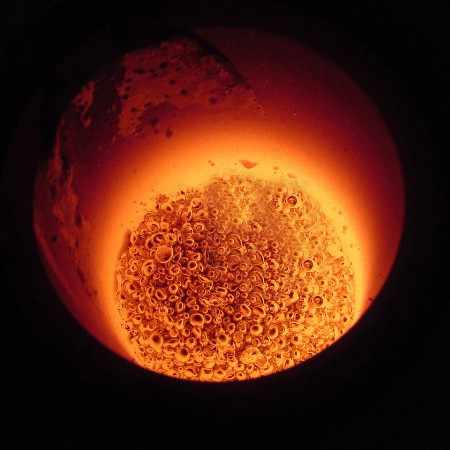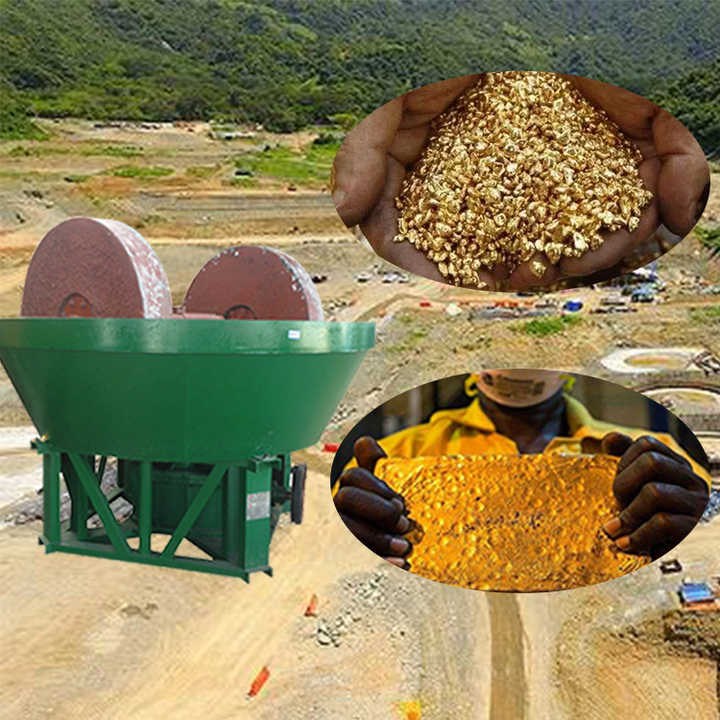smelting gold bars at blast furnace
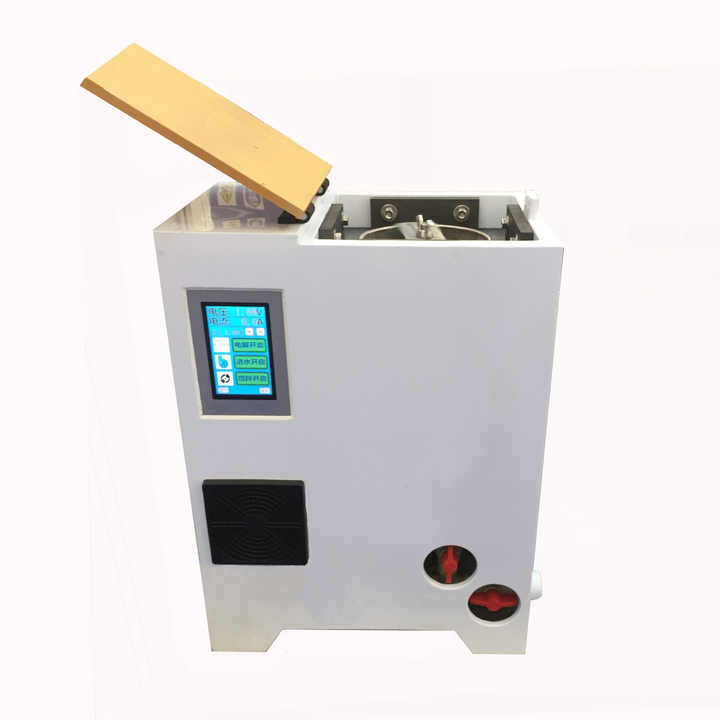
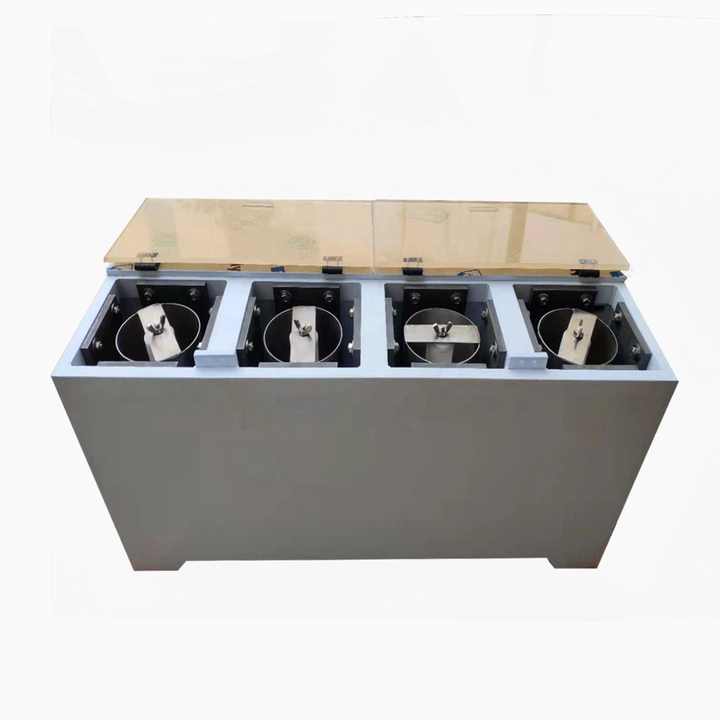

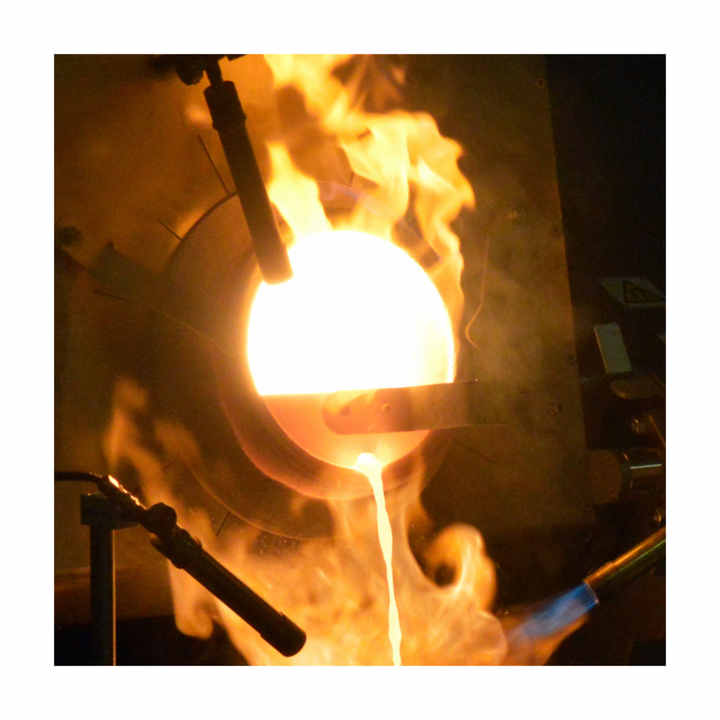
Smelting Gold Bars at a Blast Furnace A Comprehensive Overview
Smelting gold bars at a blast furnace is a crucial process in the gold refining industry, transforming raw gold ore into high-purity gold bars. This method is known for its efficiency in handling large quantities of gold ore and its ability to produce high-quality gold. This article explores the smelting process of gold bars using a blast furnace, including the key steps, benefits, and considerations involved in this technique.

Introduction to Smelting Gold Bars
Smelting is the process of extracting valuable metals from ore by heating and melting. In the case of gold, smelting involves heating gold ore or concentrates in a furnace to separate the gold from impurities. The use of a blast furnace is a common method for smelting gold bars due to its high efficiency and ability to process large volumes of material.
The Blast Furnace Process for Smelting Gold Bars
1. Preparation of Gold Ore
Before smelting, gold ore must be prepared to ensure optimal results. This preparation includes:
- Crushing: Breaking down large chunks of gold ore into smaller, more manageable pieces. This increases the surface area and improves the efficiency of the smelting process.
- Grinding: Further reducing the size of the ore particles to ensure a finer consistency. This is typically done using grinding mills or similar equipment.
- Concentration: Separating the gold-bearing material from waste rock using methods such as gravity separation or flotation.
2. Loading the Blast Furnace
The prepared gold ore is then loaded into the blast furnace along with other materials needed for the smelting process:
- Flux Materials: Adding flux materials, such as silica or limestone, helps to facilitate the separation of impurities from the gold during smelting.
- Fuel: Using coke or other fuels to generate the intense heat required for the smelting process. The fuel also helps to maintain the high temperatures needed in the blast furnace.
3. Smelting in the Blast Furnace
The core of the smelting process involves heating the gold ore and flux materials in the blast furnace:
- Blast Furnace Operation: Air or oxygen is blown into the blast furnace to support combustion and maintain high temperatures. The furnace operates at temperatures typically between 1,200°C and 1,600°C (2,200°F to 2,900°F).
- Melting and Separation: The intense heat melts the gold ore and flux materials. The gold, being denser, sinks to the bottom of the furnace, while impurities, such as slag and other waste materials, float on top.
- Collection of Gold: The molten gold is collected from the bottom of the blast furnace. This gold is often in a semi-liquid state and is poured into molds to solidify into gold bars or ingots.
4. Post-Smelting Treatment
After the smelting process, the gold bars undergo several post-treatment steps to ensure their quality:
- Refining: Further refining may be required to achieve the desired purity level. This can involve additional chemical treatments or electrolytic processes.
- Cooling and Solidifying: The molten gold bars are cooled and solidified. They are then removed from the molds and inspected for quality and purity.
Benefits of Using a Blast Furnace for Smelting Gold Bars
Using a blast furnace for smelting gold bars offers several advantages:
- Efficiency: Blast furnaces are capable of processing large quantities of gold ore, making them ideal for industrial-scale operations.
- High-Temperature Capability: The furnace can reach temperatures high enough to melt gold and separate impurities effectively.
- Consistency: The controlled environment of the blast furnace ensures consistent results and high-quality gold production.
Considerations and Challenges
While the blast furnace method is effective, it also comes with considerations and challenges:
- Energy Consumption: The blast furnace requires significant energy to maintain high temperatures, which can be costly.
- Environmental Impact: The process generates emissions and waste that must be managed to minimize environmental impact.
- Safety: Handling high temperatures and molten materials requires strict safety protocols to protect workers and equipment.
Smelting gold bars at a blast furnace is a critical process in the gold refining industry, offering efficiency and high-quality results for large-scale gold production. By preparing the gold ore, loading the furnace with flux materials and fuel, and managing the smelting process, gold is extracted and purified into high-value bars. While the method presents challenges such as energy consumption and environmental impact, its benefits in terms of efficiency and consistency make it a preferred choice for many gold refining operations. Understanding the blast furnace smelting process is essential for achieving optimal results and maintaining the high standards of gold production.

